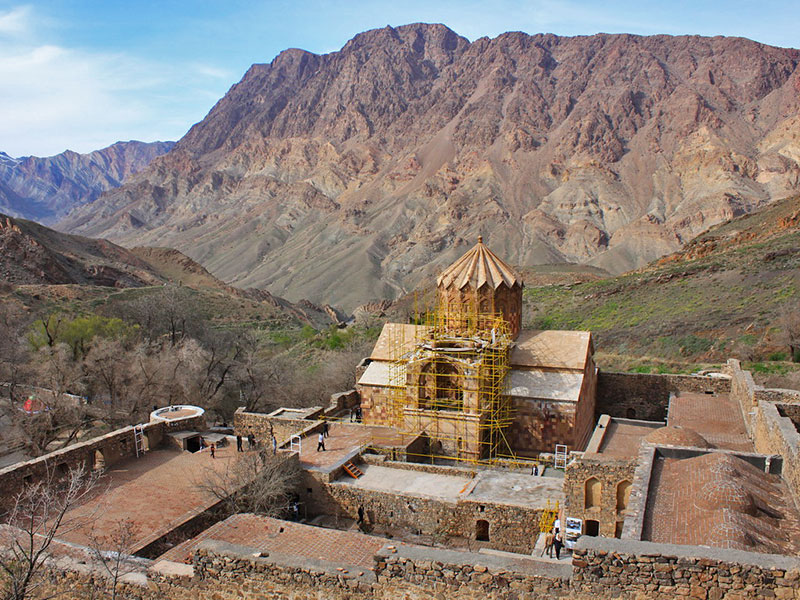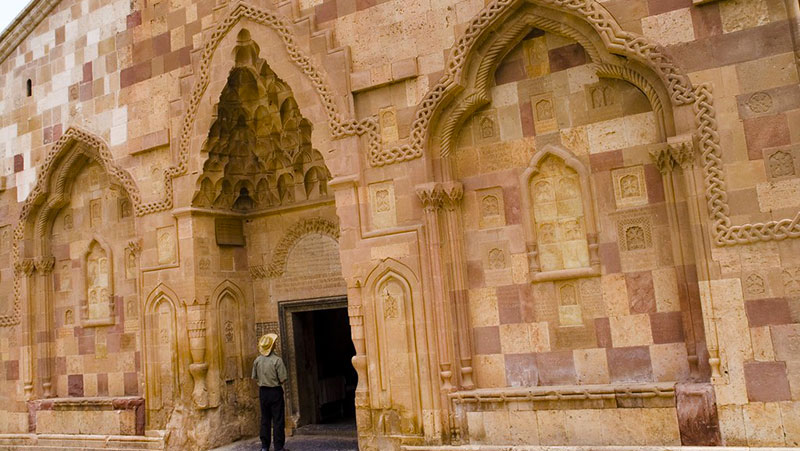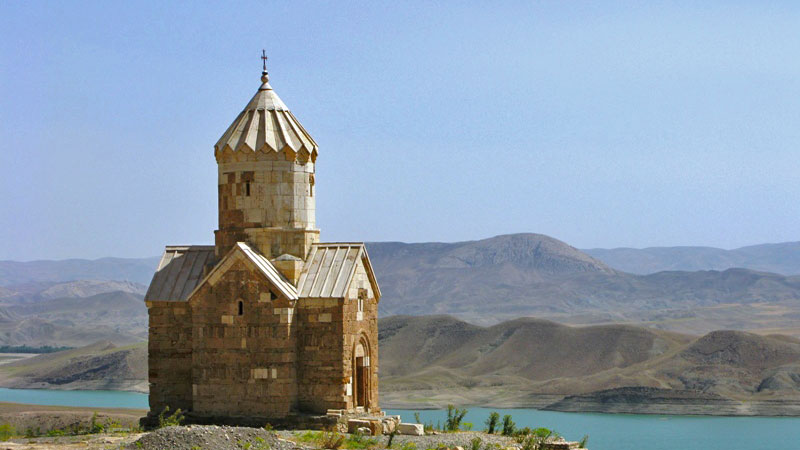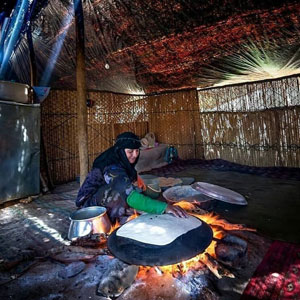 Signin with Google
Signin with Google Signin with Facebook
Signin with Facebook Places
PlacesThe Armenian Ensembles of Iran, the holy sanctuaries of the mountains

The intricacy of Armenian and Persian cultures can be traced back over centuries, as both societies left their mark on each other. Whereas, Iran is a Muslim country thanks to the ancient history of Persia, tracks of many different religions can be found on its soil.
Hence, northwest Iran is home to some of the oldest Armenian chapels, churches, and monasteries in the world. The monastic ensemble composed of St Thaddeus and St Stepanos monasteries, and the beautiful Chapel of Dzordzor, are a live heritage of this syncretism.
Armenians have lived for millennia near the western borders of Iran in the mountainous and lush lands of Iran, a region known as Iranian Azerbaijan. Since Antiquity and Zoroastrian times, there has been constant exchanges and influences between two populations. Nowadays, in the secrecy of the mountains, by the flow of rivers between canyons, lies the spirit of this ancestral melting pot.
The spread of Christianity through the Persia
Nested in the heart of the mountain, near the Iranian city of Jolfa, St Stepanos monastery has been well-preserved. It is still wrapped into its original spiritual and peaceful atmosphere. The beautiful bricked walls of St Stepanos Monastery, sculpted with fine crosses and ornaments, recalls the story of the Christian community in Parthia. This site was once a major centre for the Armenian culture's diffusion and influence in the region, as early as the 9th century.
Thus, it has seen many important figures of Christianity quietly gathering between its walls. Monks would spend years devoted to their holy task, spreading the words of Christianity through missionary work or dedicating themselves to the creation of meticulous illuminated manuscripts, in the simplicity of their retreat.
The architecture displays the last relics of old Armenian culture, gracefully mixed with Persian, Muslim, Orthodox, Byzantine and even Assyrian influences. Inside the church, under the majestic cupola, fine paintings present a unique syncretism of Christian and Islamic art.

The mysterious Black Church
Curious visitors need to go deeper into the heart of the mountain and travel until the very end of a solitary road to find another jewel of the Armenian architecture, Kara Kilise or "Black Church". The real name of this monastery is St Thaddeus, named after the main figure of Christian Armenians, which is believed by some people to be buried here. However, its enigmatic name of Black Church comes from the colours of some of its stones, used to build the religious building.
This remote monastery was a significant site, as it was the seat of the diocese during the 10th. Crowned by a beautiful white dome, its exterior consists of cut-stone fascia striped in various tones, matching with harmony in its natural green surrounding. Despite the destruction caused by a terrible earthquake in the 14th century, the church still stands proudly, thanks to the renovations made by the Qajar crown prince Abbas Mirza.
Centuries later, the Black Church leaves in awe the visitors who undertake this journey through the lands of Iran’s West Azerbaijan province.

The solitary Dzordzor, the small saint
Not far away, upon the Baron Dam and beneath the blue sky, in the hand of sugarloaf slopes, the tiny saint of Iran perfectly embodies the coexistence of these Armenian stone churches with the pristine nature of their environment.
Lying by the Zangmar River, overlooking the vast and uninhabited valley, the small chapel of the Holy Mother of God is the only remains of an ancient monastery. Built on the 9th century with the marks of an earlier religious site, the modest size of this church marries with harmony in the vast nature which spread until what is today, the Armenian border.




